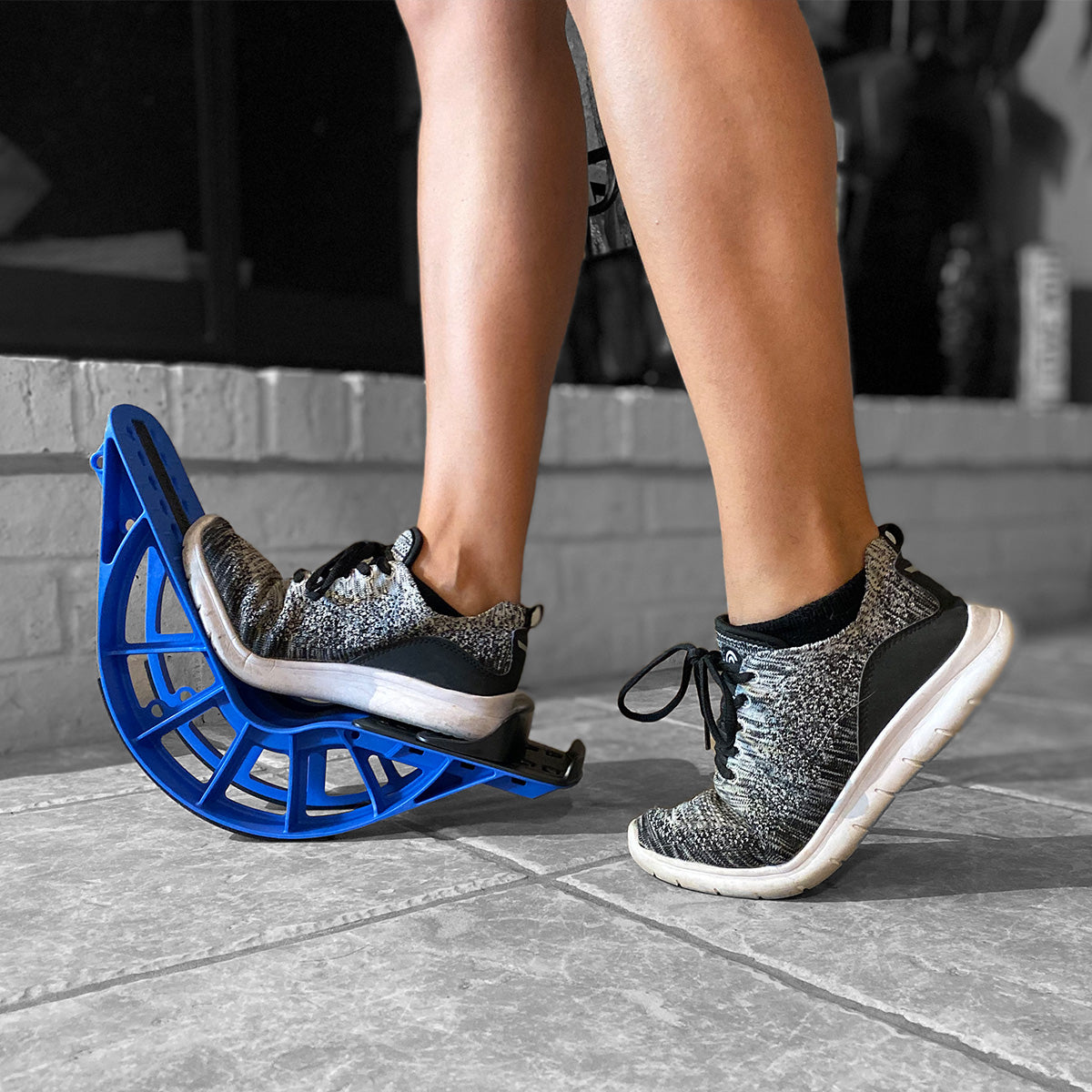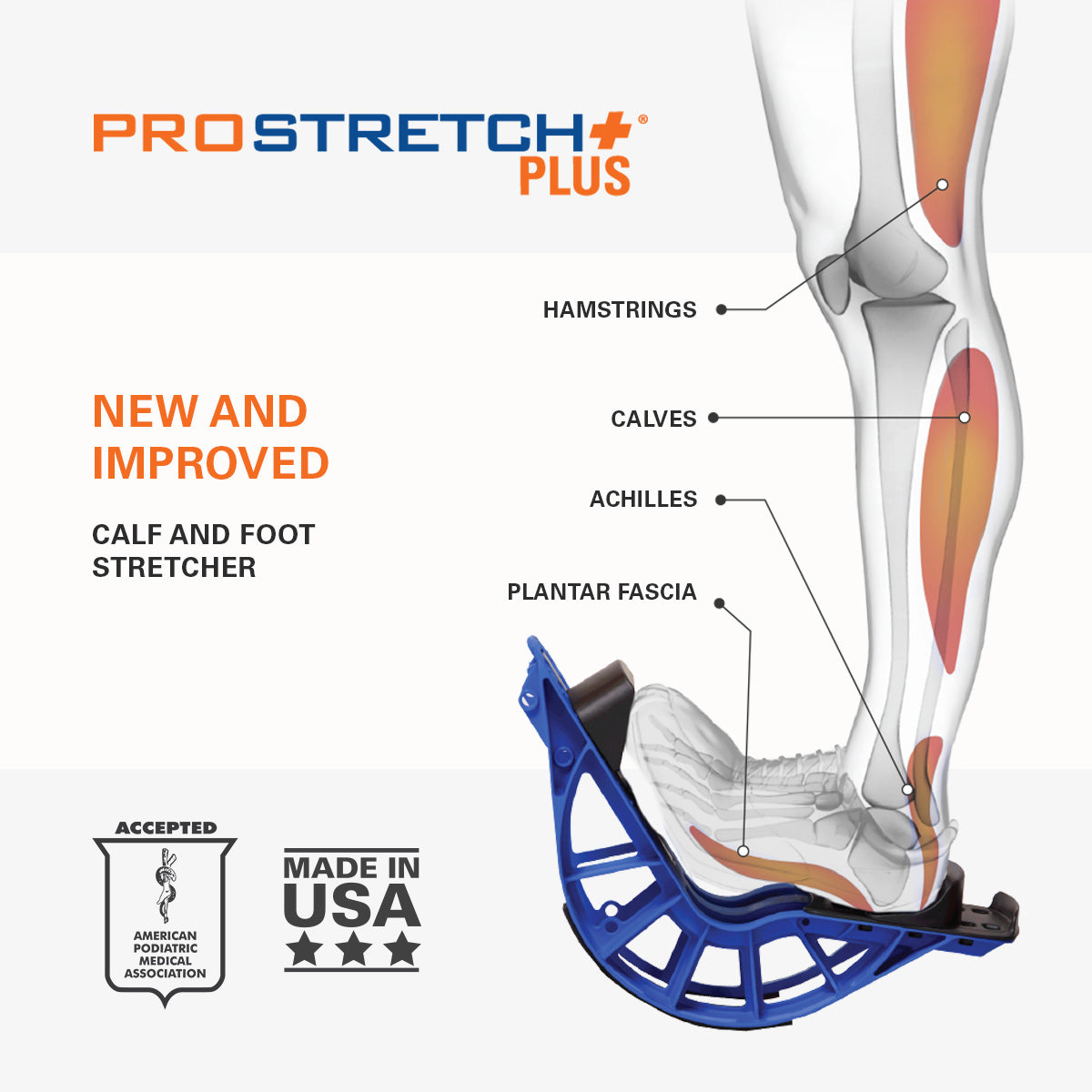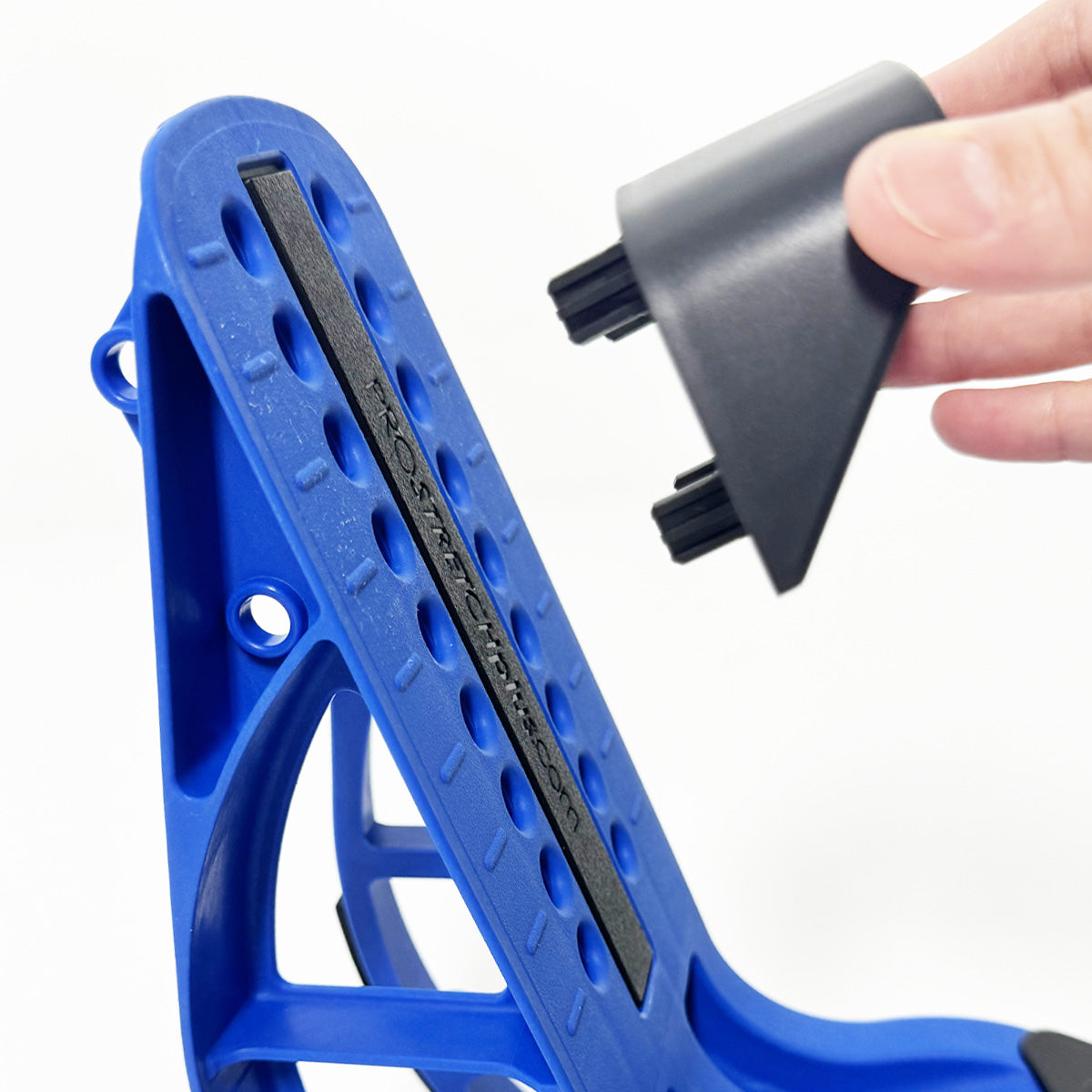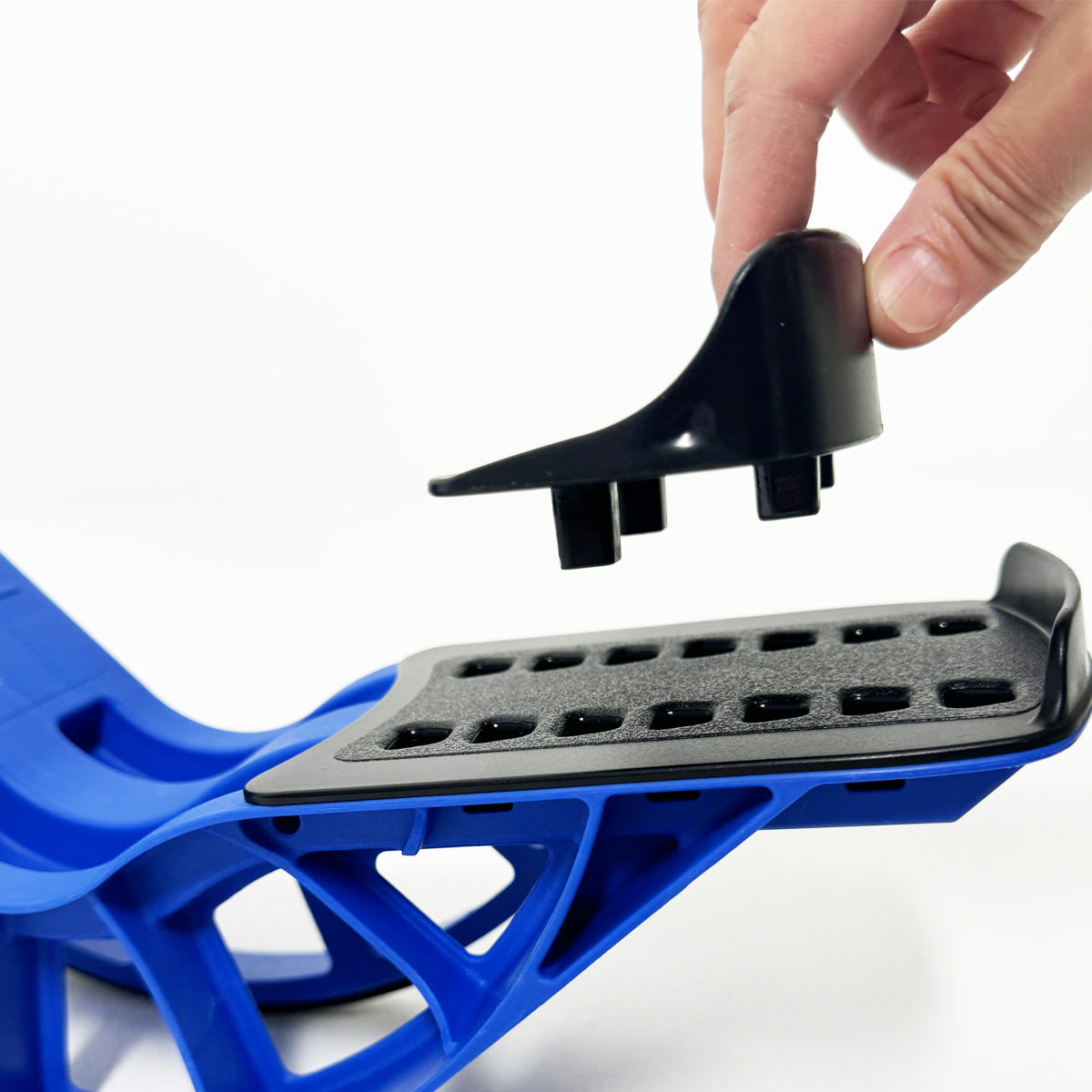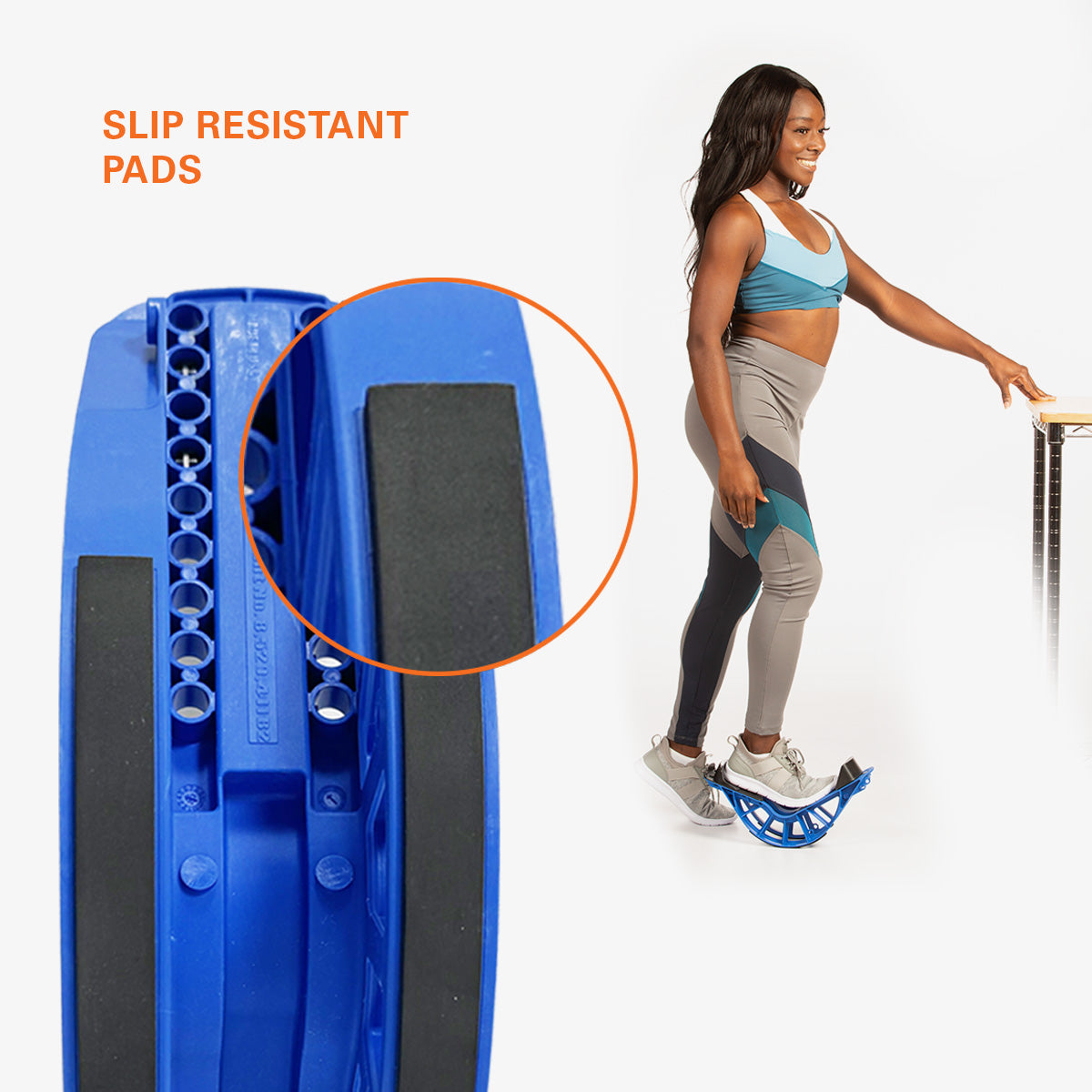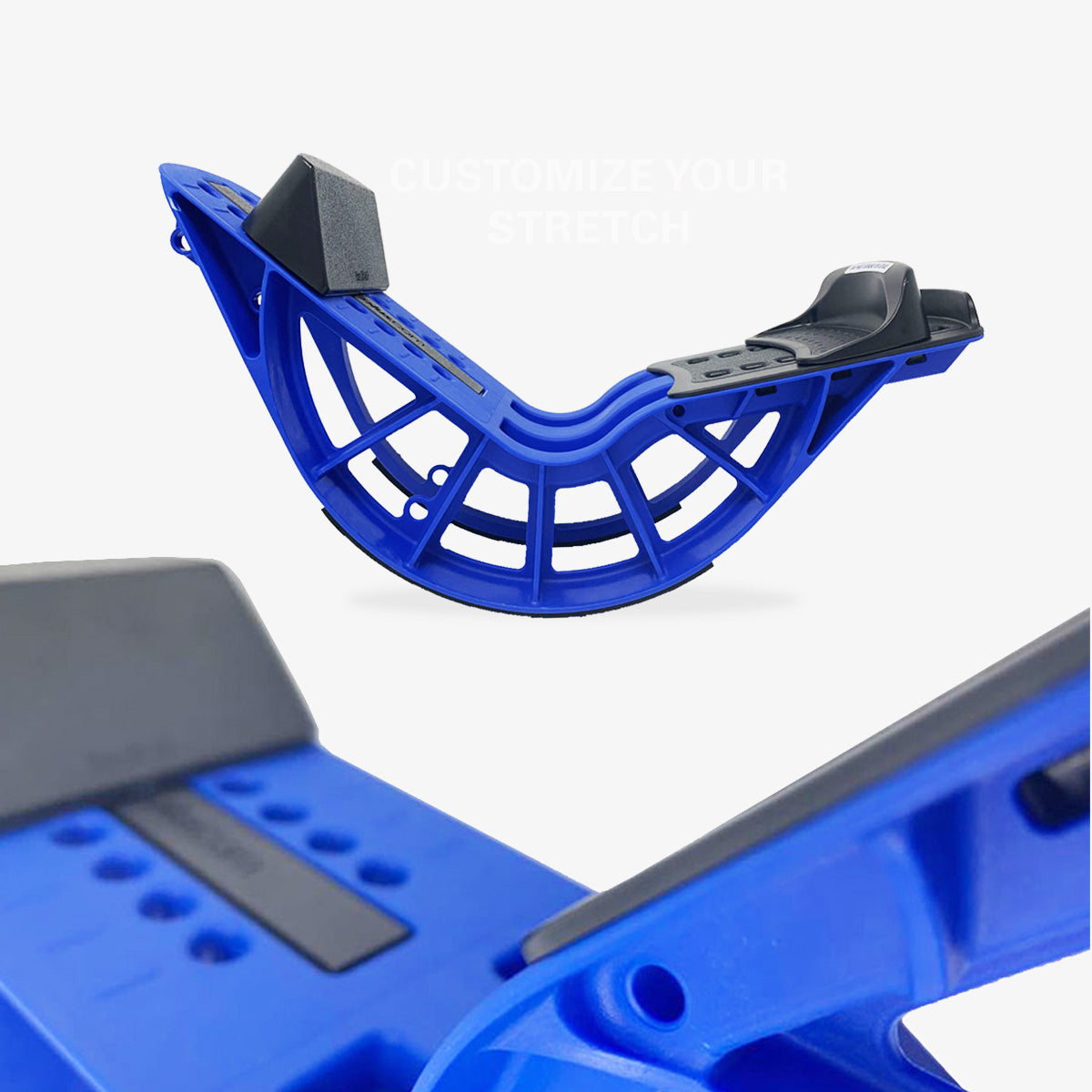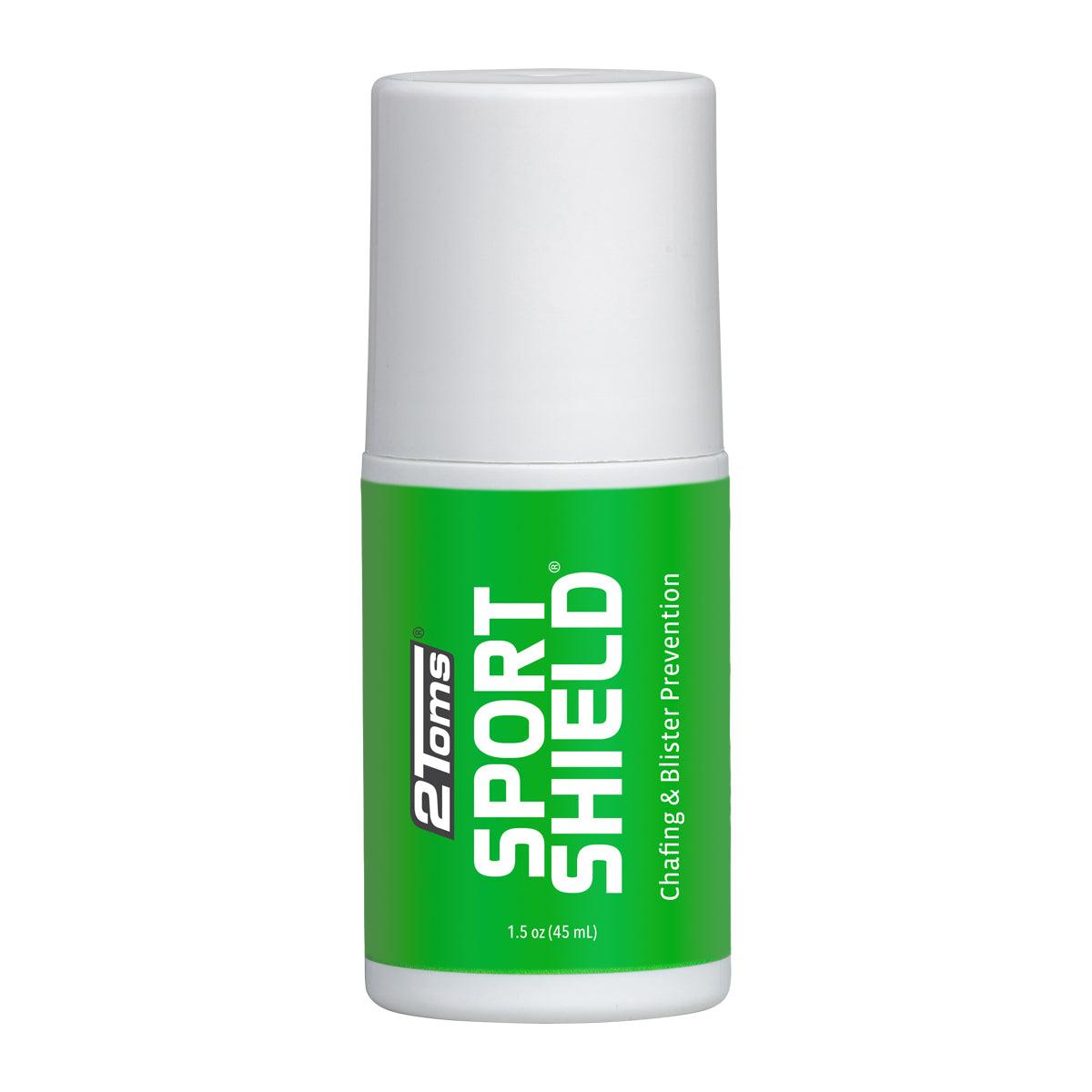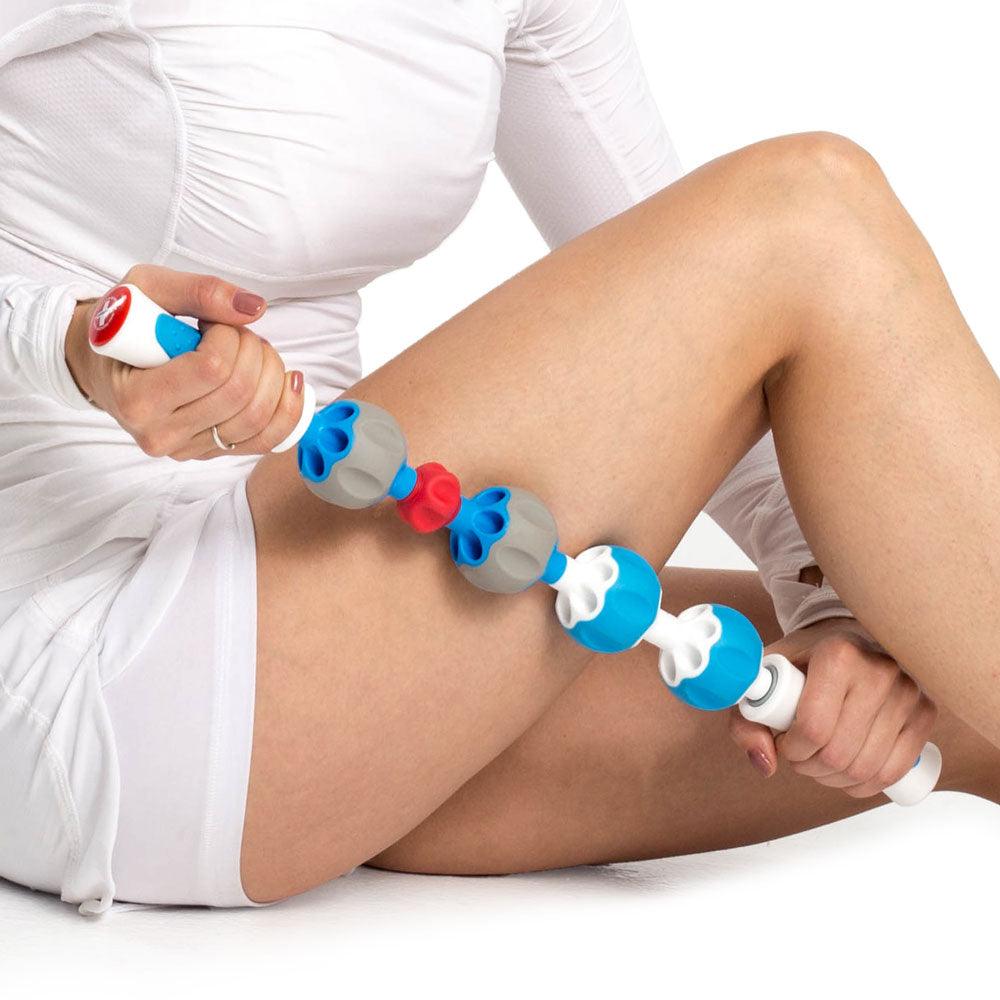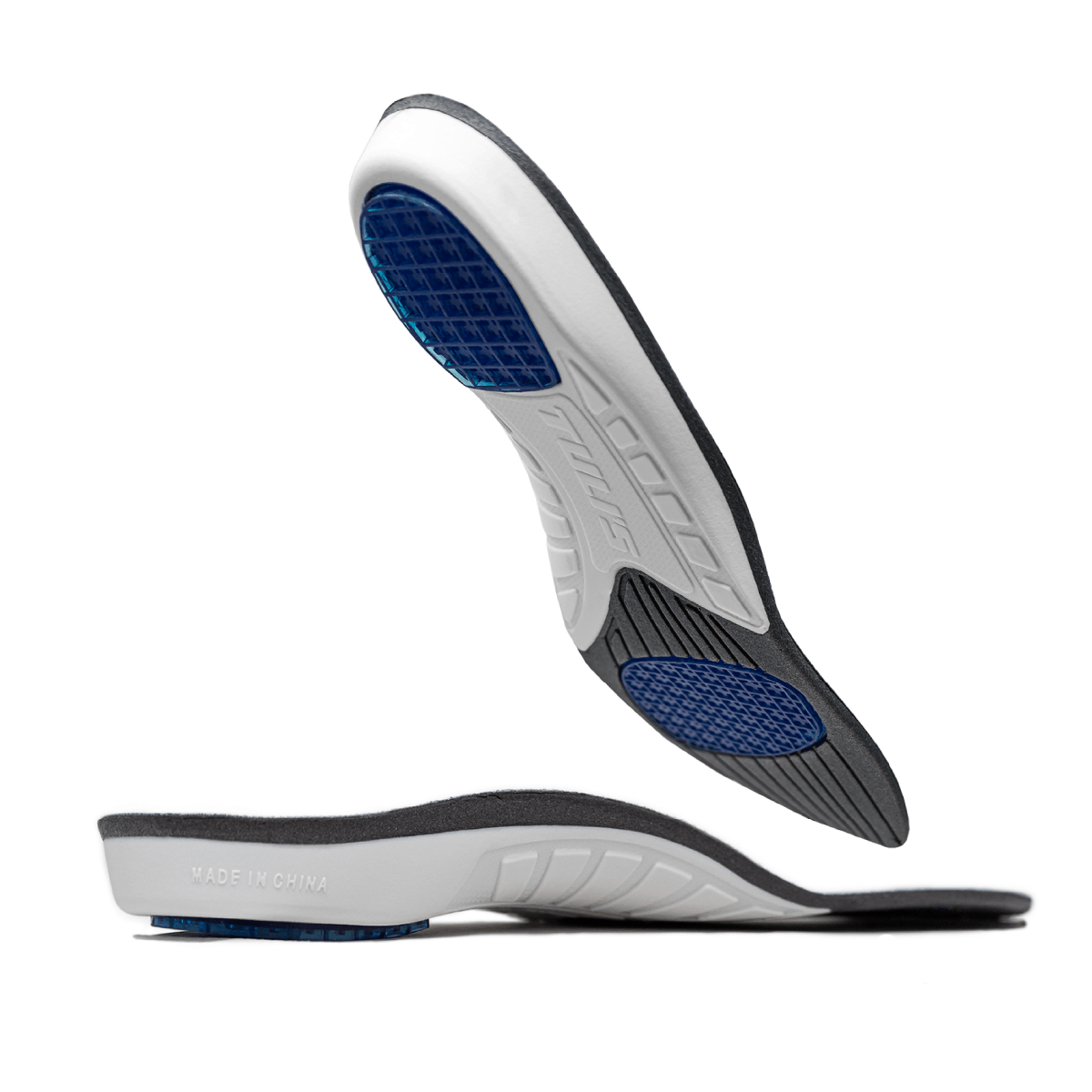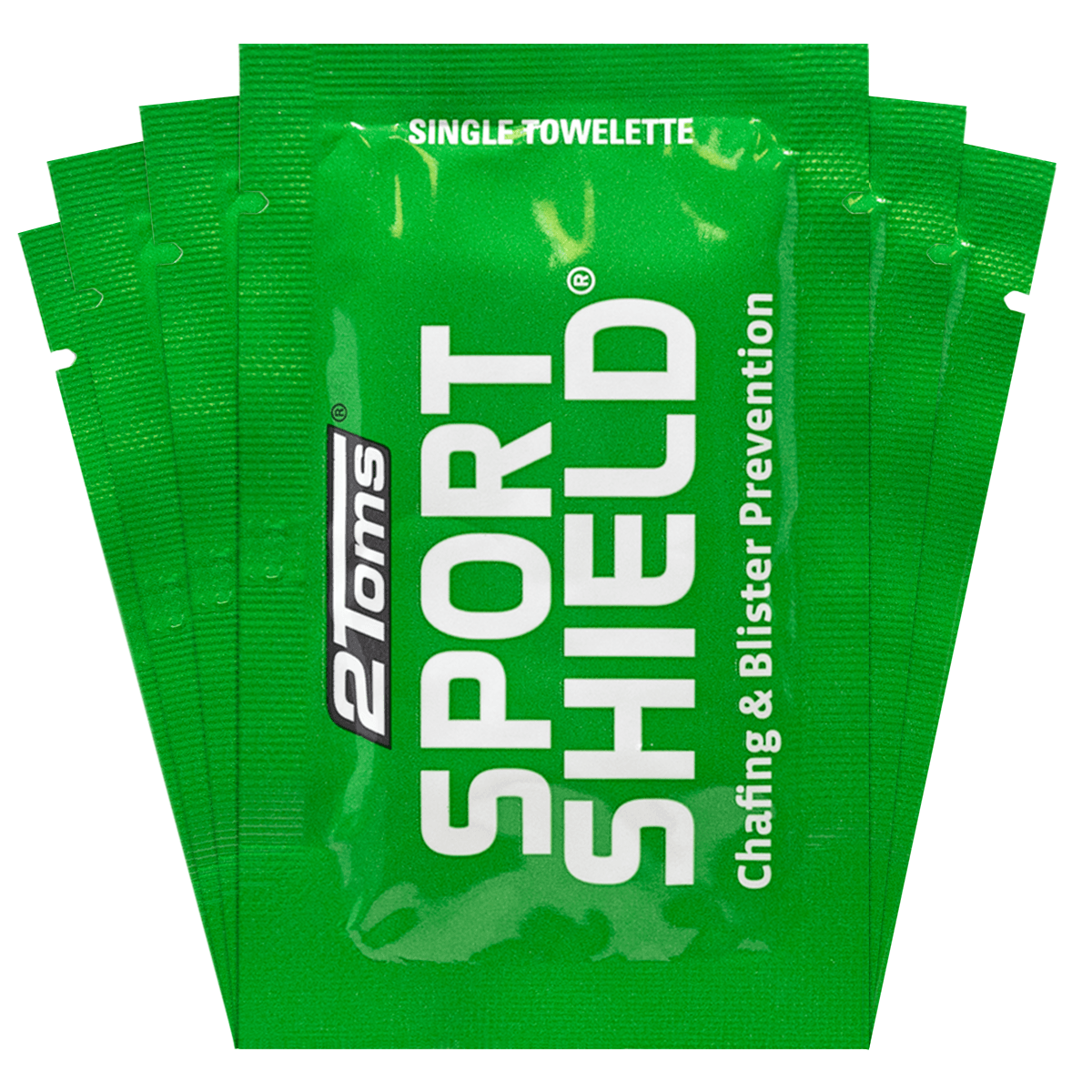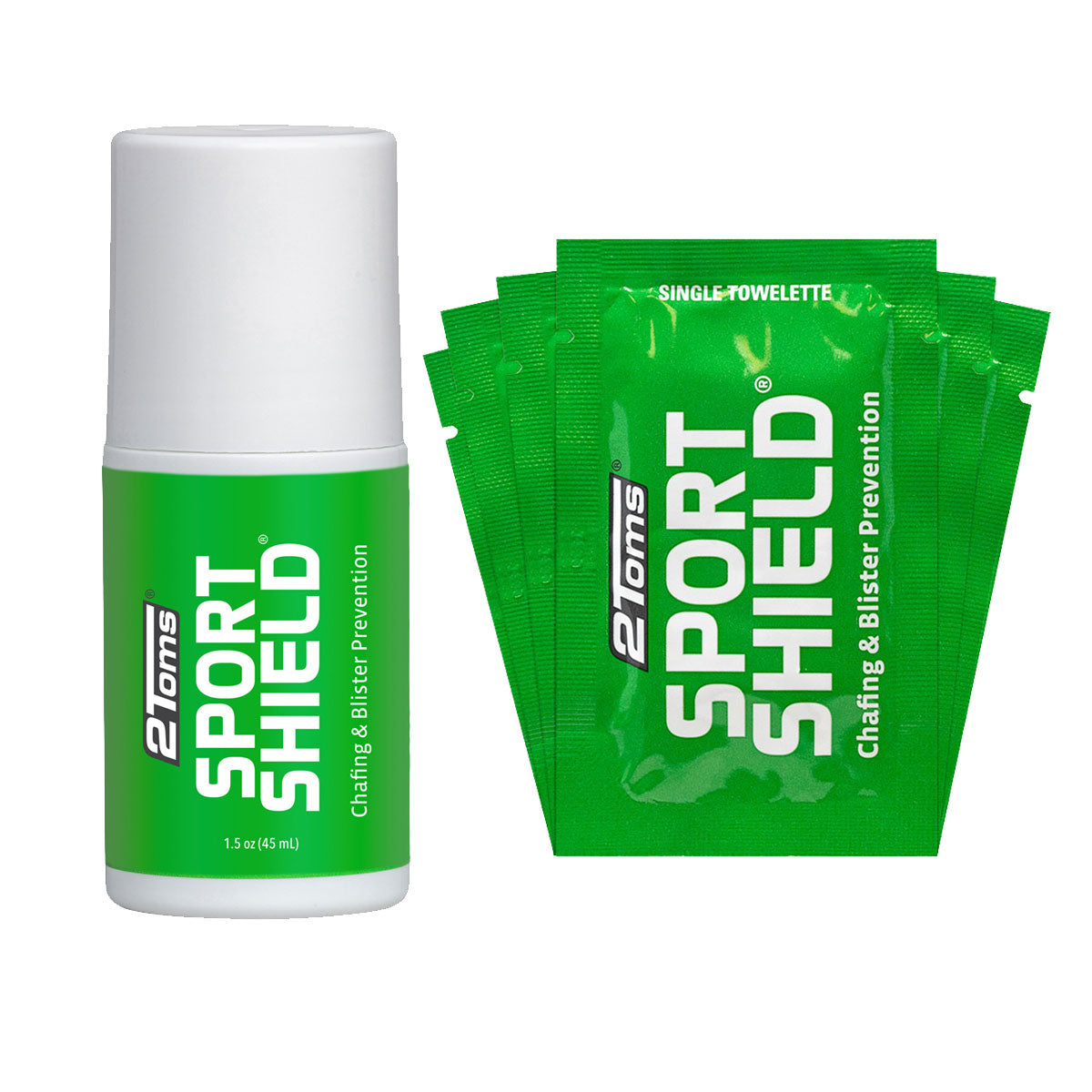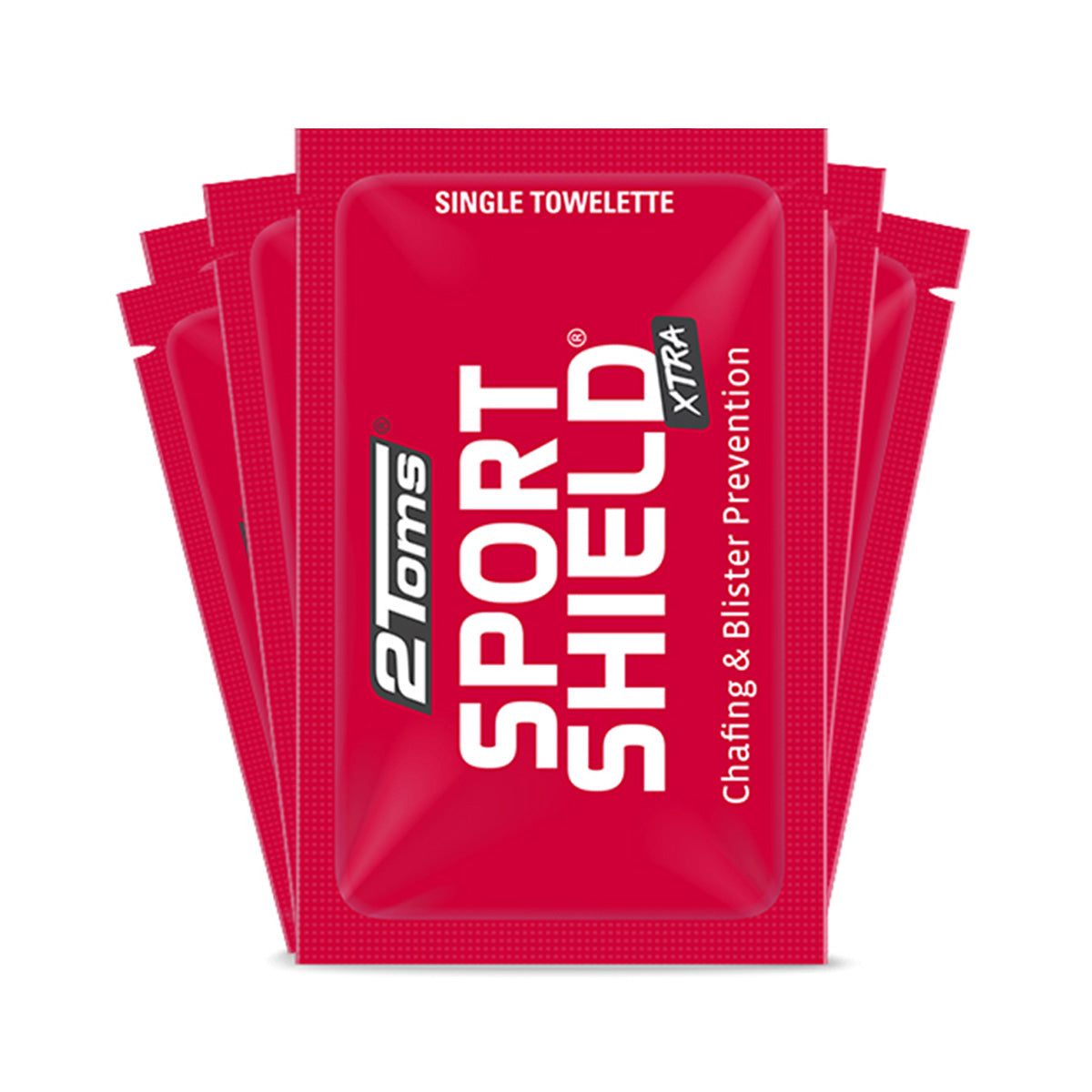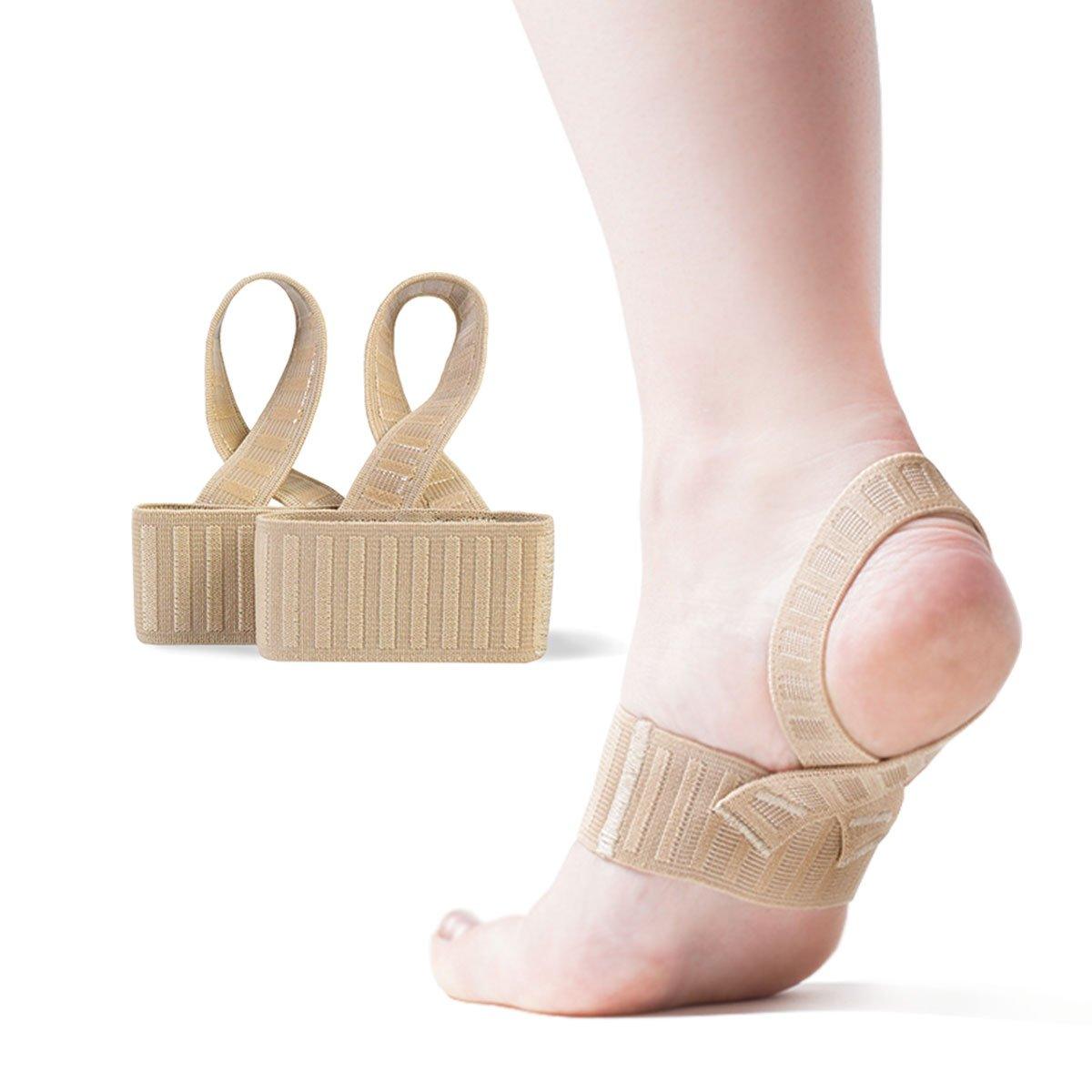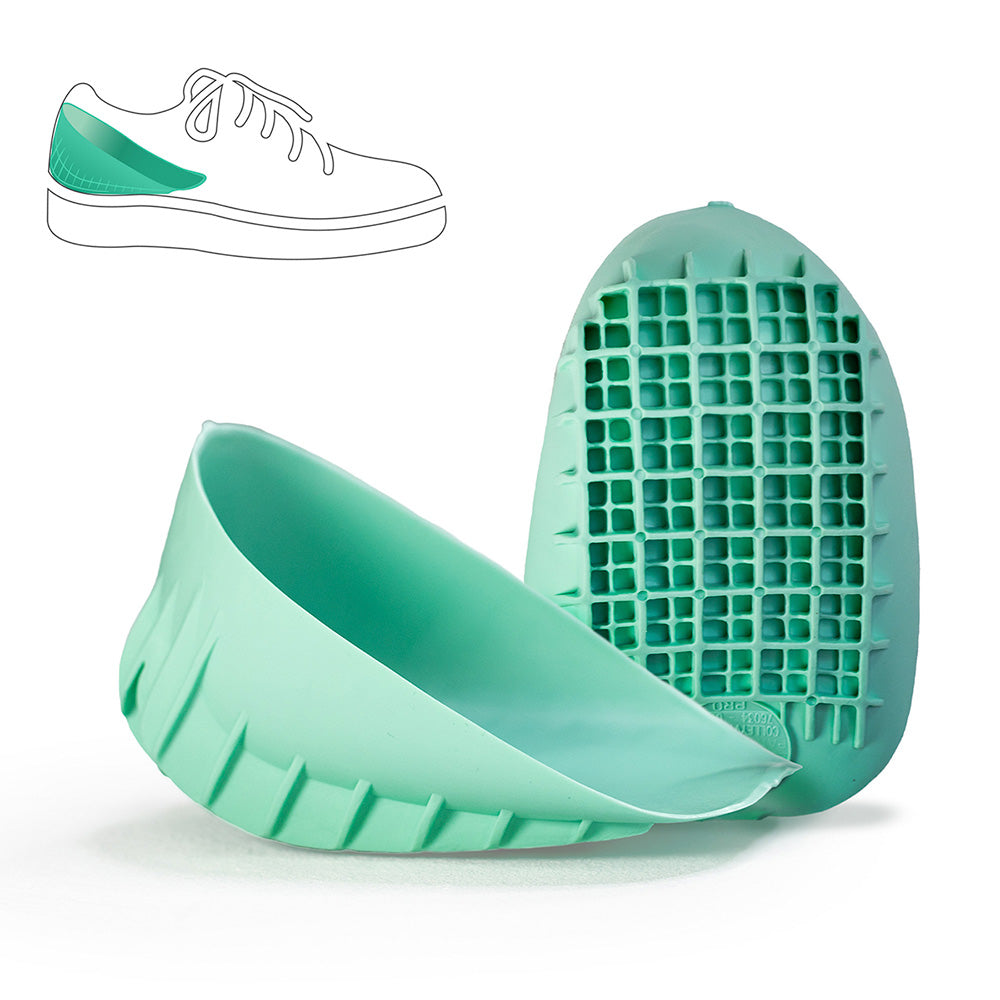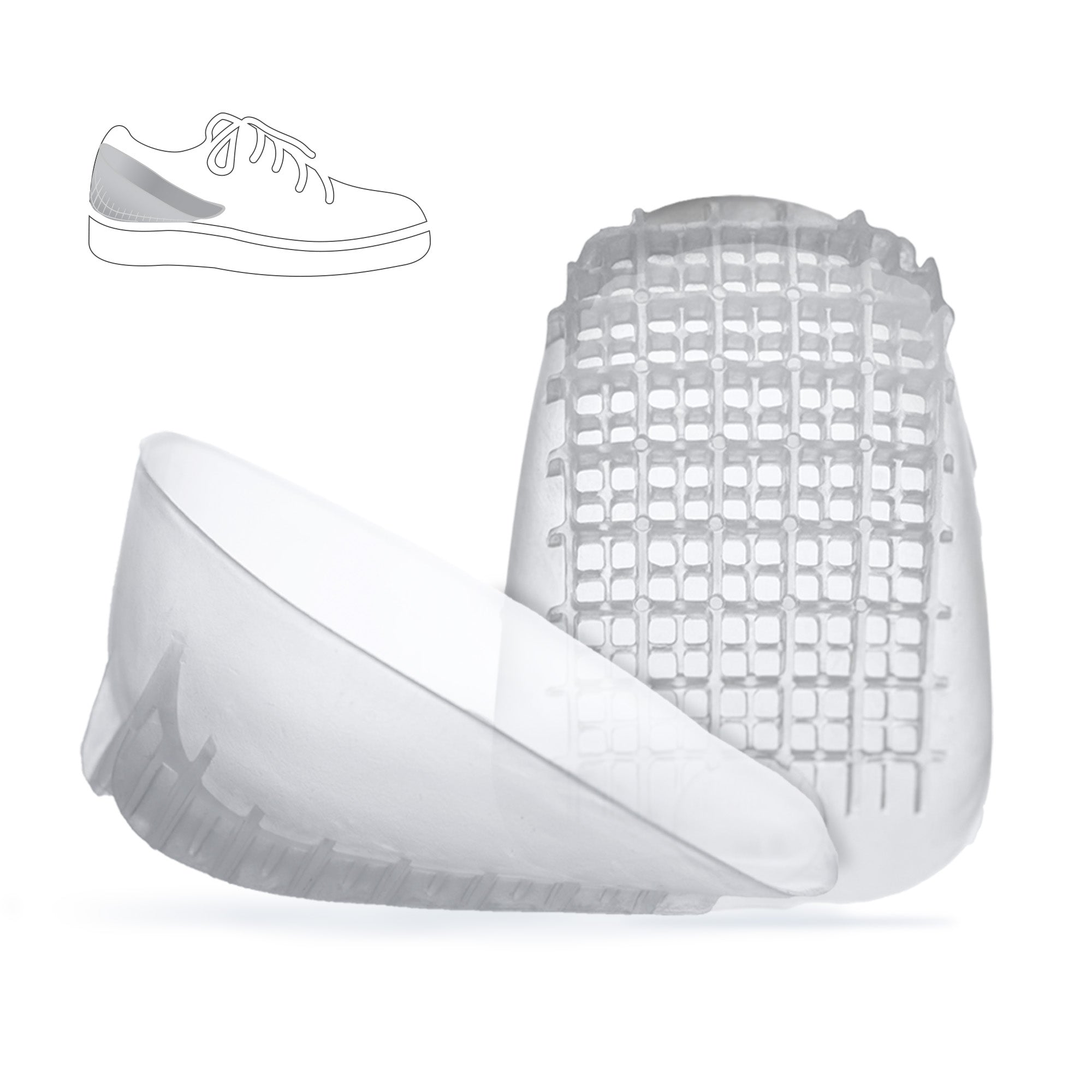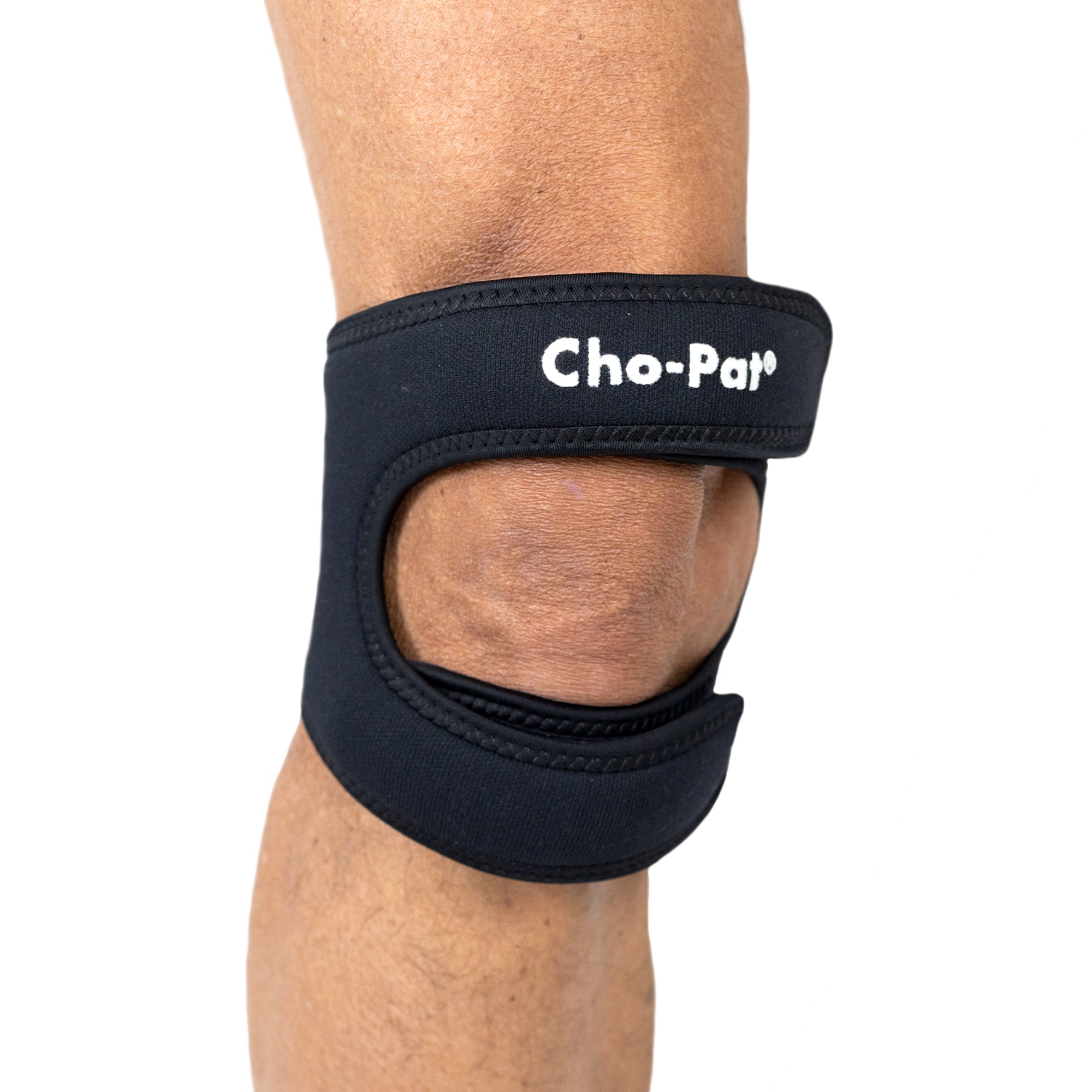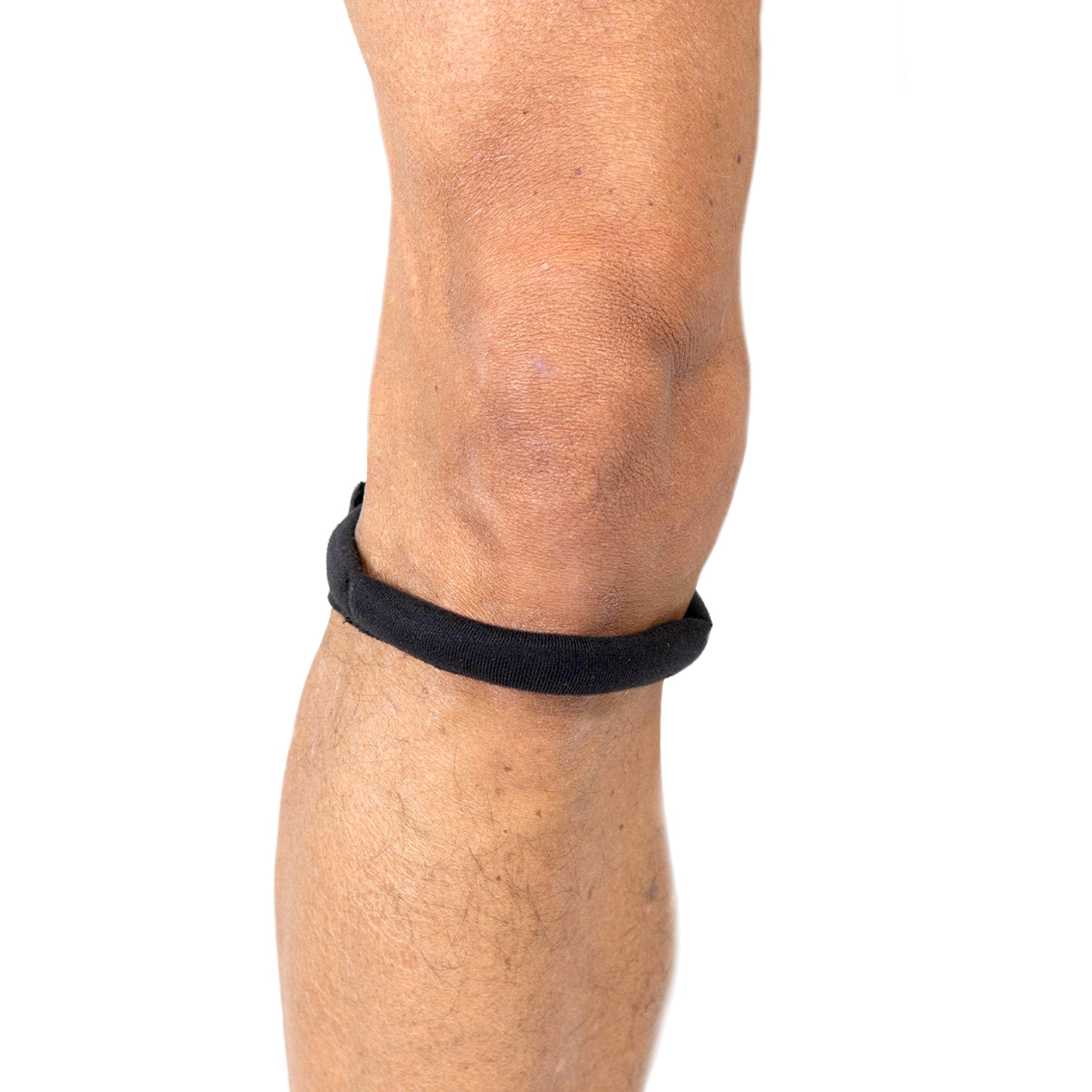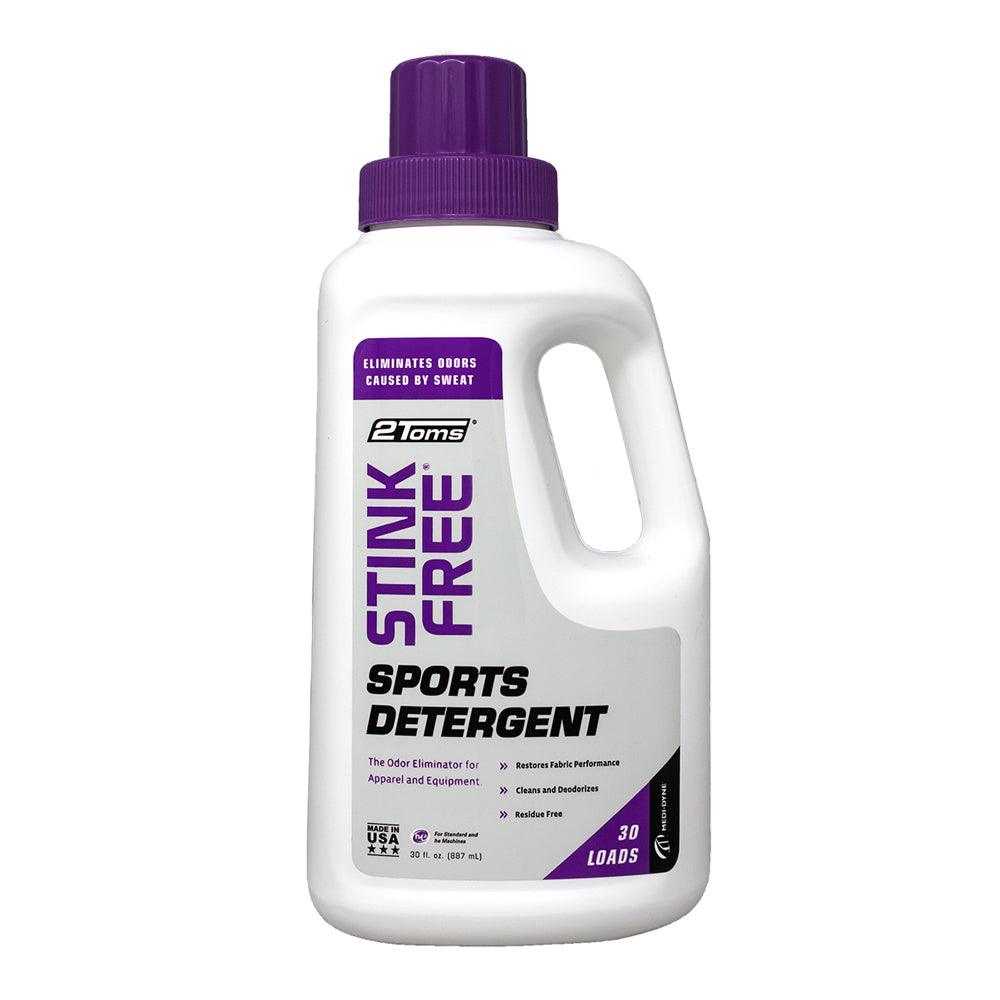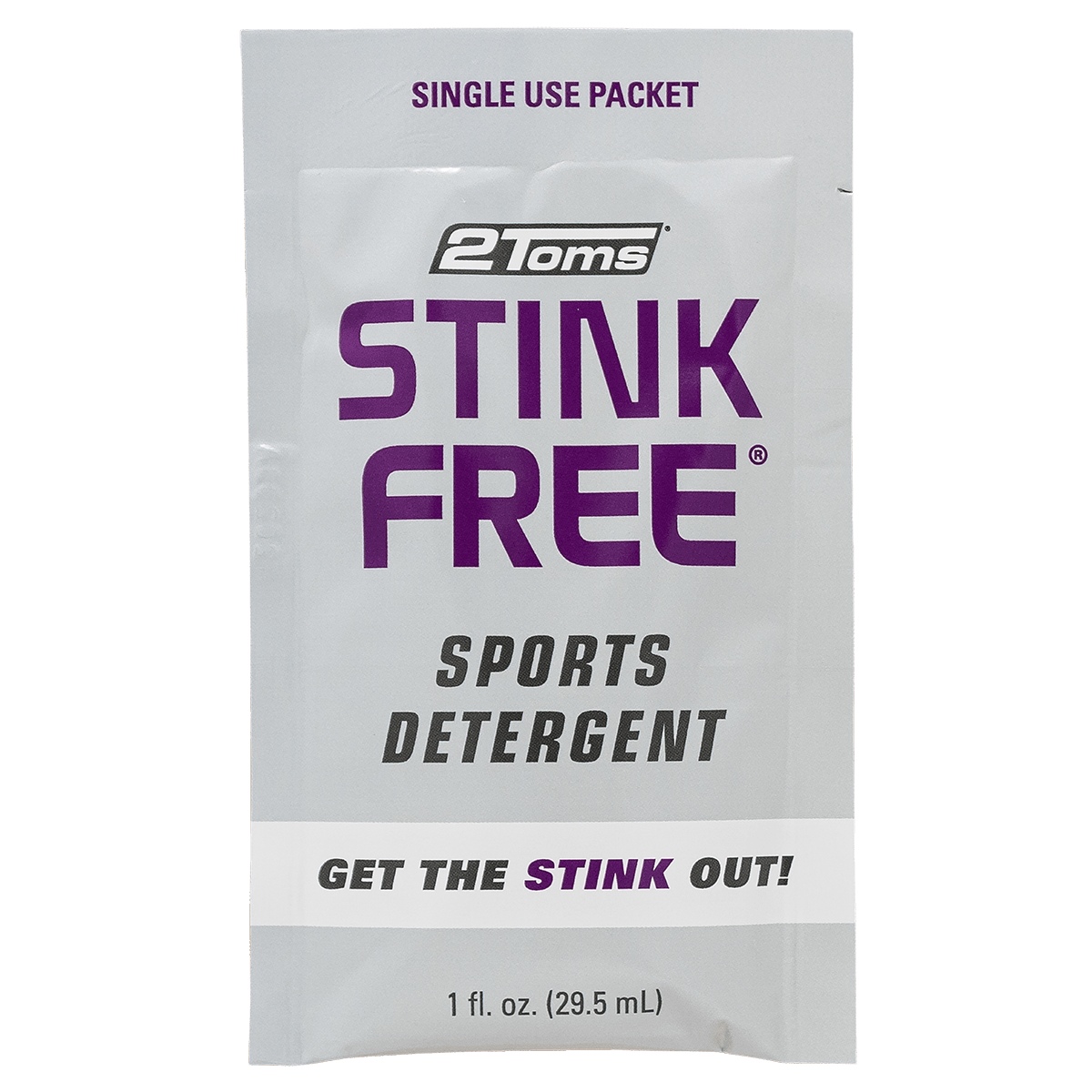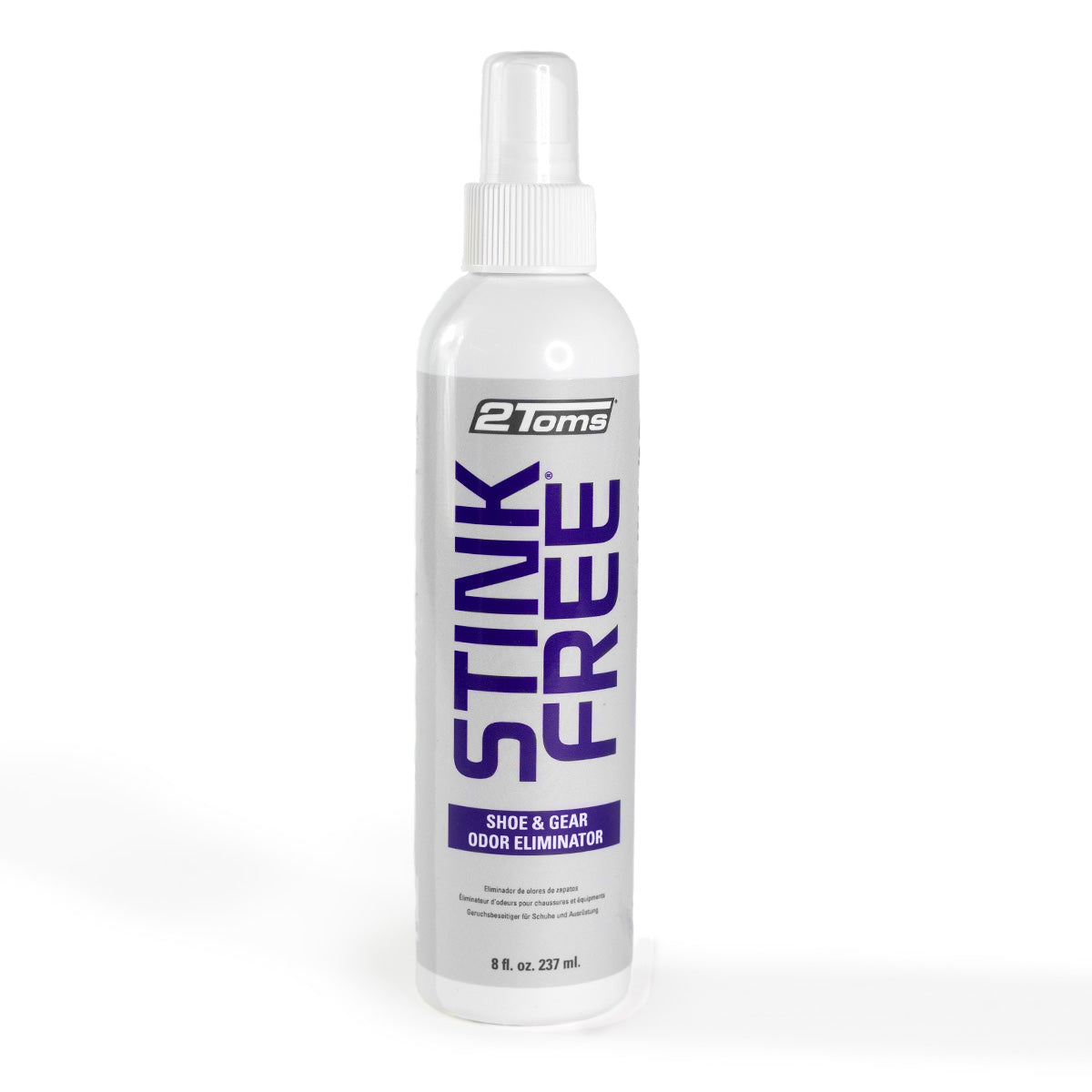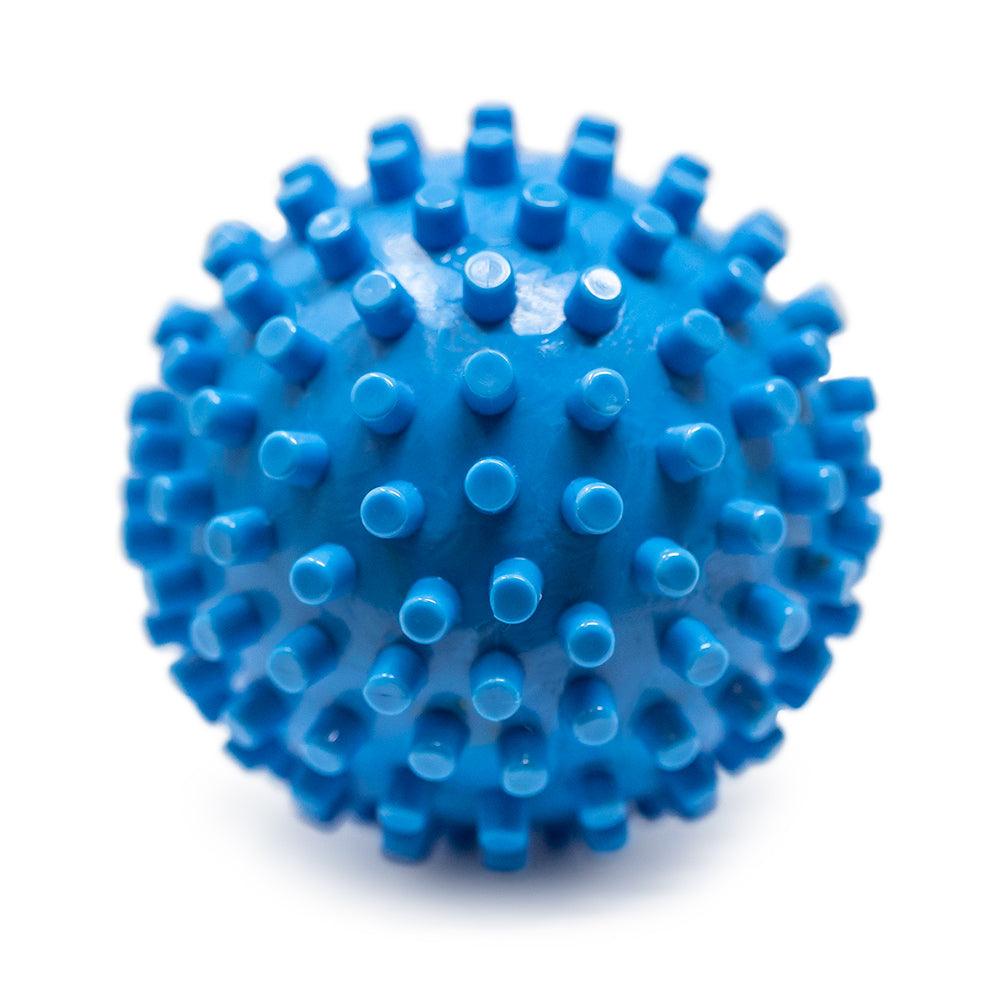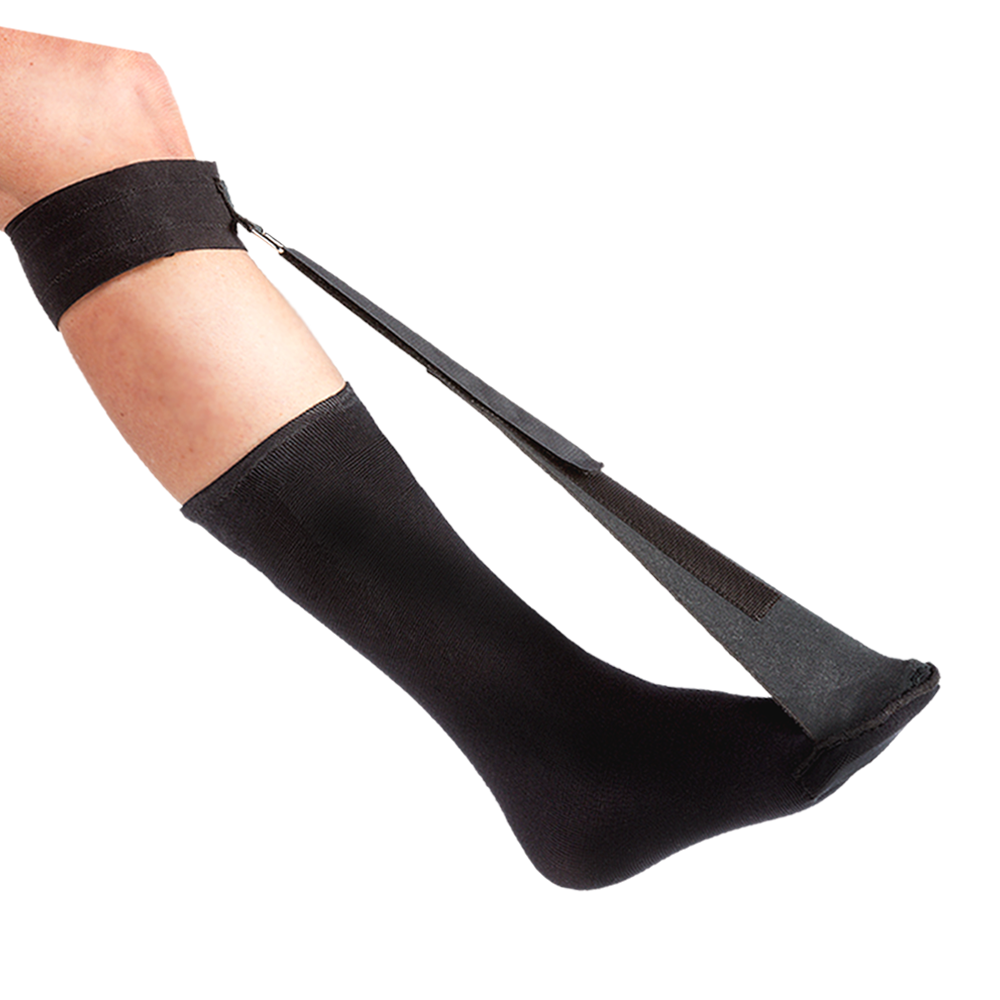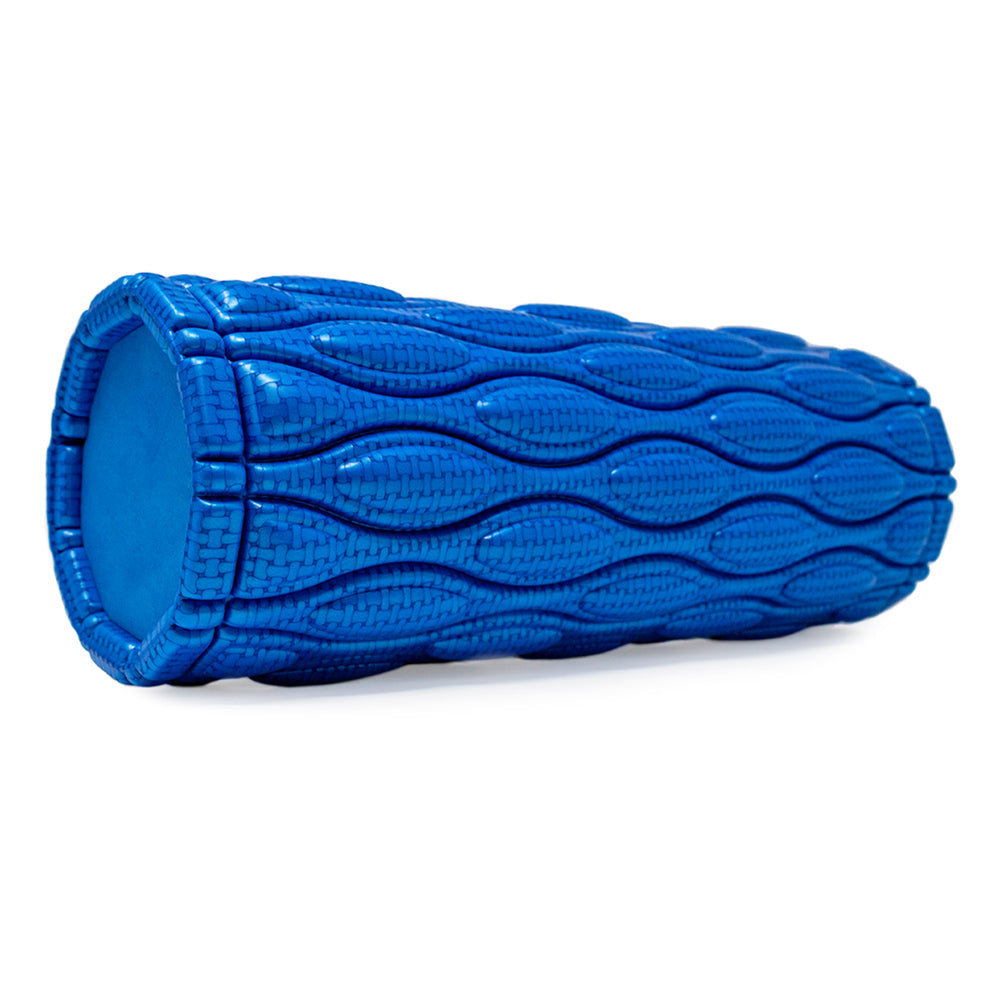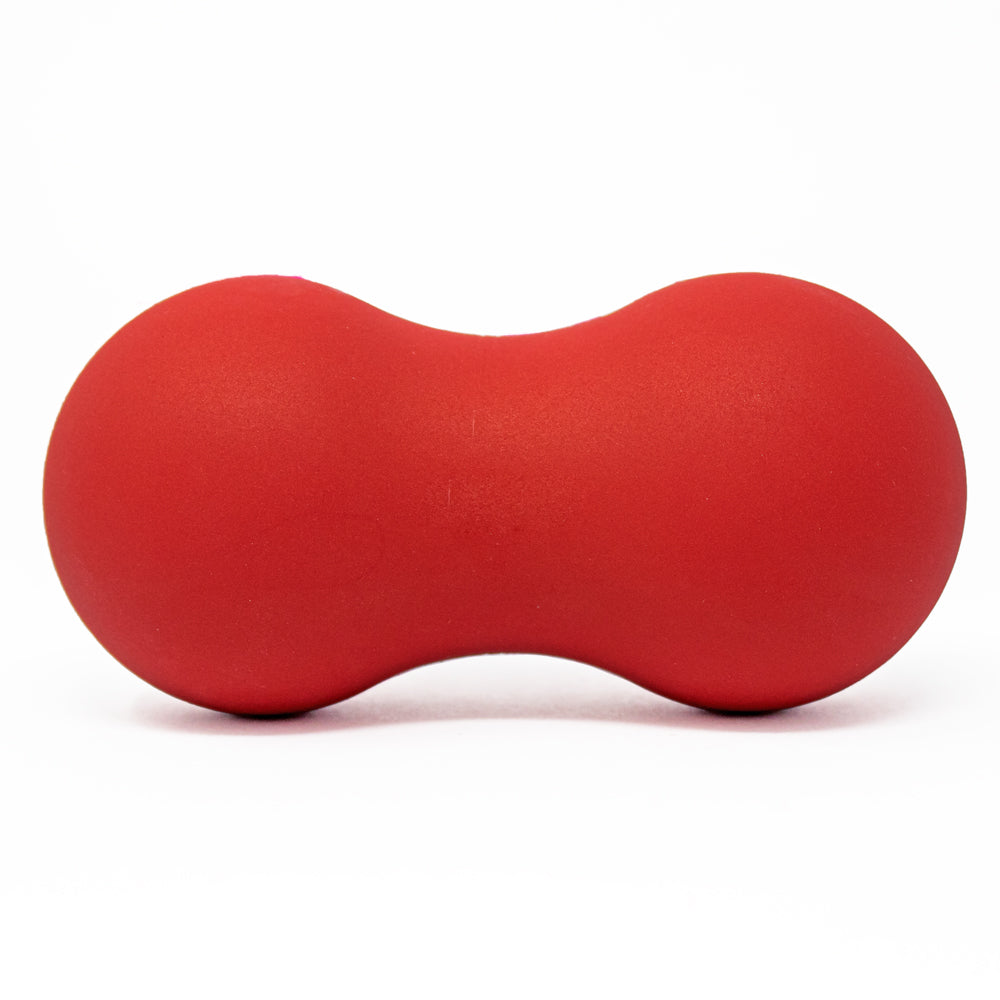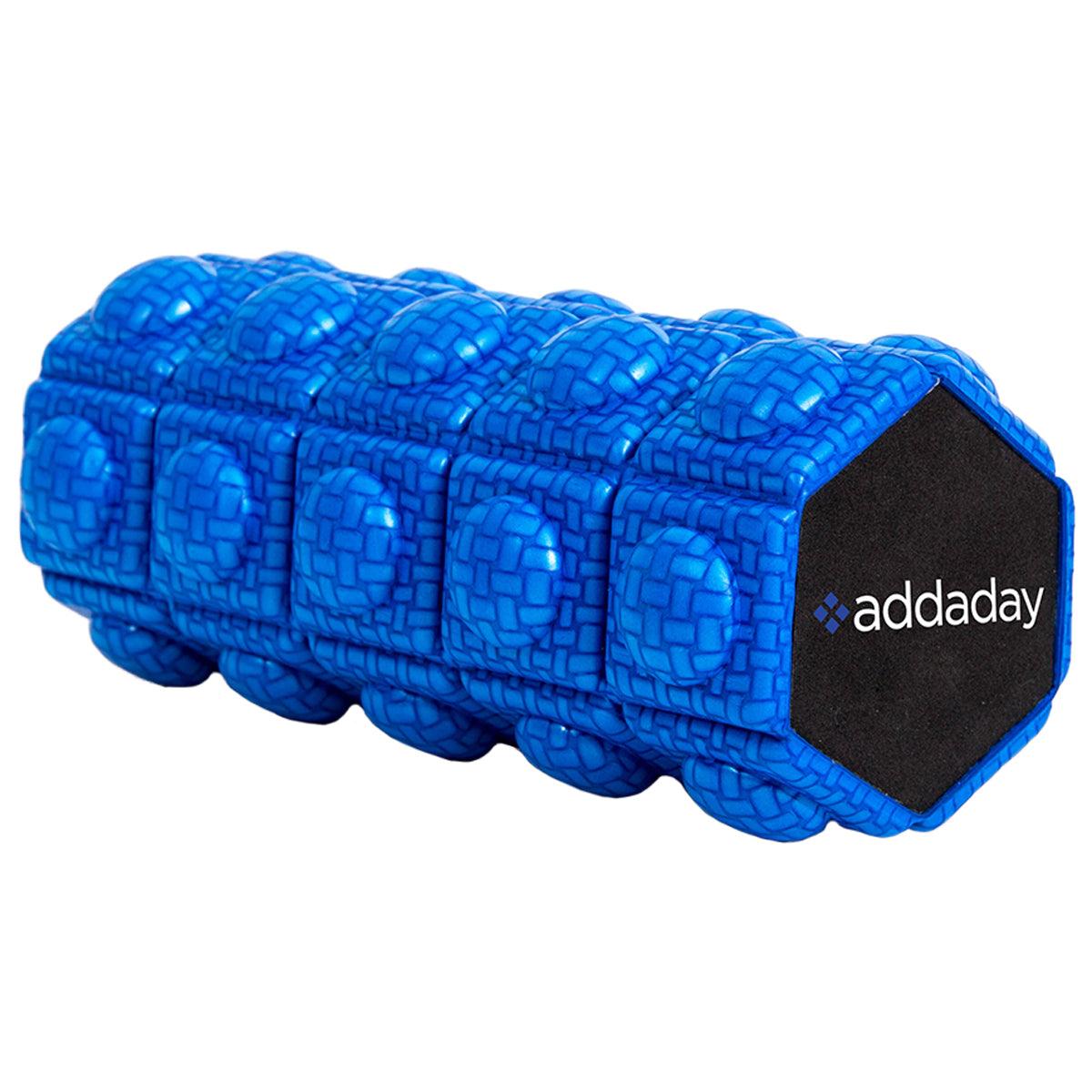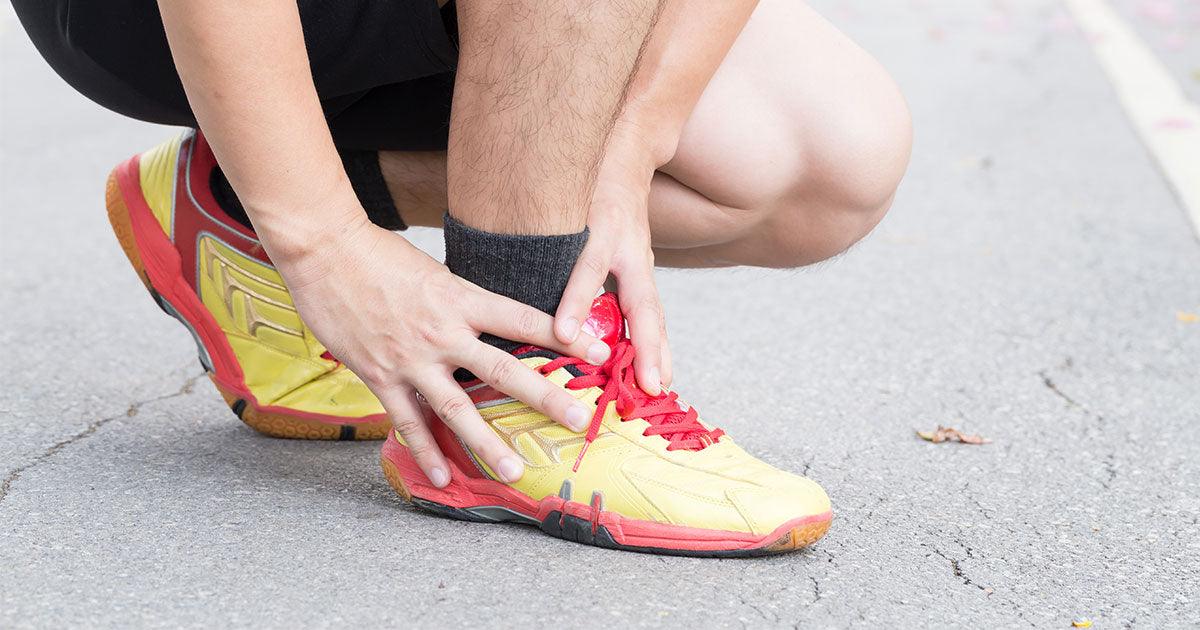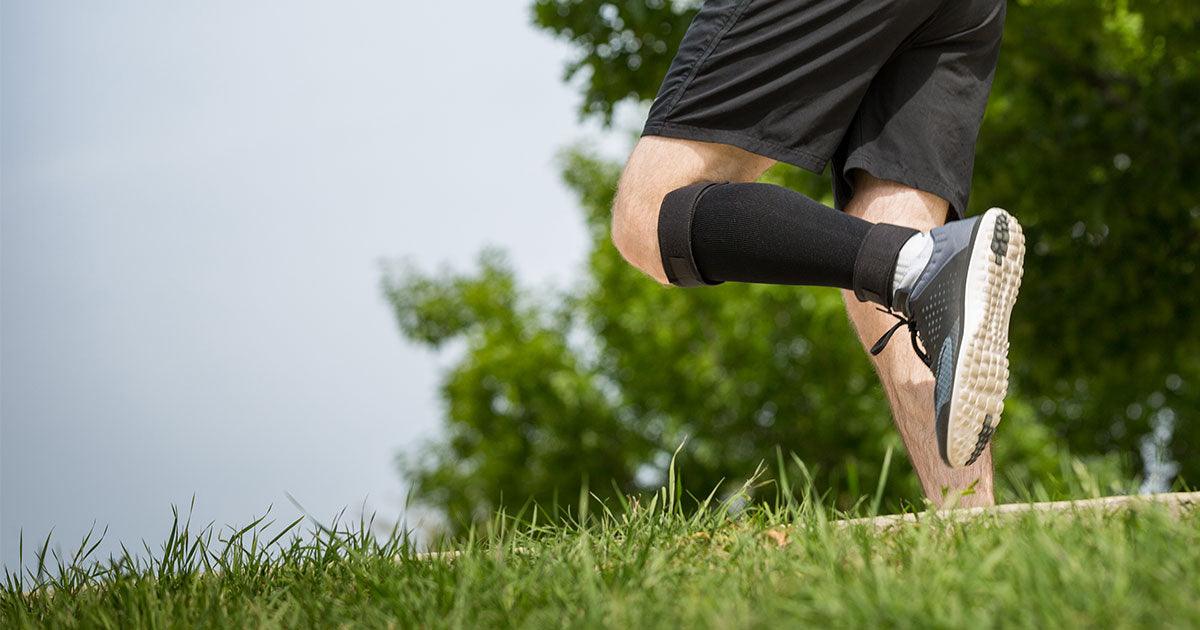It’s not uncommon to develop soreness in your muscles after a good run. Delayed onset muscle soreness is thought to occur as the worked muscle develops microscopic tears from the activity. That sounds dramatic, but it’s normal. It’s the way we build muscle. But sometimes, you feel pain during a run. It may be a natural side effect of exercise, but it could be a sign of injury. Calf strain treatment for runners can help you find relief and prevent damage.
- Why Your Calves Are Sore After Running
- When Is Calf Pain a Problem?
- 3 Calf Strain Treatment for Runners
Why Your Calves Are Sore After Running
The calf muscle is subjected to a great deal of force every time you land on and push off of the pavement. Although your calves are built to withstand this pressure, any flaws in the mechanism can cause the muscle to function less than optimally.
Some factors that increase stress on the calf muscle include:
- Poor running technique
- Weakness in the muscle
- Problematic function in other joints
- Running with a forefoot or midfoot strike pattern
- Lack of mobility, strength and stability in the ankle
- Failing to warm up before running
- Reduced soft tissue elasticity as we age
- Knee injuries
Your body operates like a machine; many parts have to work together to give you smooth, pain-free movements. Correct posture and alignment ensure that you don’t place undue strain on the calf muscles as you run. Stretching and strengthening other muscle groups allow joints to provide the stability and flexibility you need for your calves to work properly.
When Is Calf Pain a Problem?
Minor calf pain can occur in beginner or experienced runners. If your calf muscles get sore during or after a run, make sure you warm up properly and stay hydrated. Running with cold, tight muscles can make them feel achy and increase the risk of injury. Dehydration can result in chronic muscle tightness and cramping.
Many runners concentrate on their form, optimizing it over time. As you improve your form, however, you may experience bouts of soreness. Changing too much too quickly can make your muscles feel unusually tight. Increasing your mileage or training frequency can also lead to temporary calf soreness.
If the pain occurs periodically and goes away quickly, it’s likely normal. However, chronic or severe pain in the calf muscle should be assessed by a professional.
Overuse and overtraining can cause damage to the calf muscle that goes beyond the expected mild soreness. The soleus muscle runs from the Achilles tendon to the back of the knee and is a common injury for runners. Athletes who perform more explosive movements, such as sprinters and tennis players, are more likely to damage the gastrocnemius muscle. Damage to the gastrocnemius muscle usually occurs suddenly, whereas injury to the soleus muscle is typically from overuse.
But you shouldn’t ignore severe pain in the calf muscle. It is usually an indicator of a sprain. A medical professional can assess the level of calf strain, which includes:
- Grade 1 – Mild pain or tightness occurs when beginning an activity. The calf feels tight and may be sore after exercising.
- Grade 2 – Sharpness or pain continues during exercise. It may cause you to stop doing the activity and persist afterward. You may experience swelling or bruising in the calf.
- Grade 3 – Severe pain in the calf muscle makes it impossible for you to perform the activity. You may have significant bruising or swelling.
3 Calf Strain Treatment for Runners
Calf strain treatment involves a measure of prevention as well as symptom relief. If you’re already battling some pain, you should adjust your workouts to ensure you’re strengthening your muscles properly without overloading them.
1) Rest
If your calves are fatigued, they won’t function properly. You may be overloading them. This is especially true if you have recently changed your exercise regimen and begun sprinting, running up hills or climbing stairs. Make sure you incorporate enough rest into your running routine. You don’t have to stop exercising completely; just focus on your upper body during your rest days.
You should also rest if you have an acute injury. Supporting the area with a compression sleeve can be soothing while you rest. Wearing a compression sleeve during runs can also improve circulation in the area and keep it warm to prevent tightness.
2) Stretch
Maintaining flexibility in the calf ensures it absorbs shock and transfers load without tearing. Before you run, do some slow, gentle squats, wall presses and lunges to warm up the muscle while allowing it to expand. After a run, static stretches will help prevent the calves from tightening up.

One of the best stretches involves keeping your heel stable while pressing the toes up against a vertical surface, such as a wall. This adjustable heel stretcher allows you to stretch the muscles while maintaining proper form.

3) Foam Roller
The fascia, a network of connective tissue that lies between the skin and the muscles, can get sticky and adhere to other soft tissue. This can cause your muscles to contract in unusual ways and develop knots. You give your calf muscles the best chance of functioning normally by loosening and breaking up areas of adhesion.
A massage foam roller can do the trick. Foam rolling also enhances flexibility and elongates the muscles. Use a roller after running, cooling down and stretching.
To use a foam roller on your calves, sit on the floor with your legs straight out in front of you. Support the weight of your body by placing your hands flat on the floor by your hips. Place the roller under your calf. Lifting your hips off of the floor, push yourself forward and back. The roller will rotate under your calf, massaging it. Angle your foot to the left and right while rolling to target these parts of the calf.
Foam rolling can be uncomfortable. It may feel as though you’re bruising your skin, but that can mean you’re breaking up adhesions and relieving muscle tension. However, you should never perform a calf strain treatment that causes pain without consulting with a doctor first.
Conclusion
The steps for calf strain treatment for runners above are ideal for managing general soreness after exercise. If you suspect that you have a grade 1, 2 or 3 strain, you should visit a health professional. A physical examination and imaging studies can diagnose the issue, and your doctor will let you know how long you should rest before beginning any other calf strain treatment.
PLEASE NOTE: The information on this website and article is for information only and should not be used as a substitute for consulting your doctor. Consult your doctor for proper diagnosis and rehabilitation










